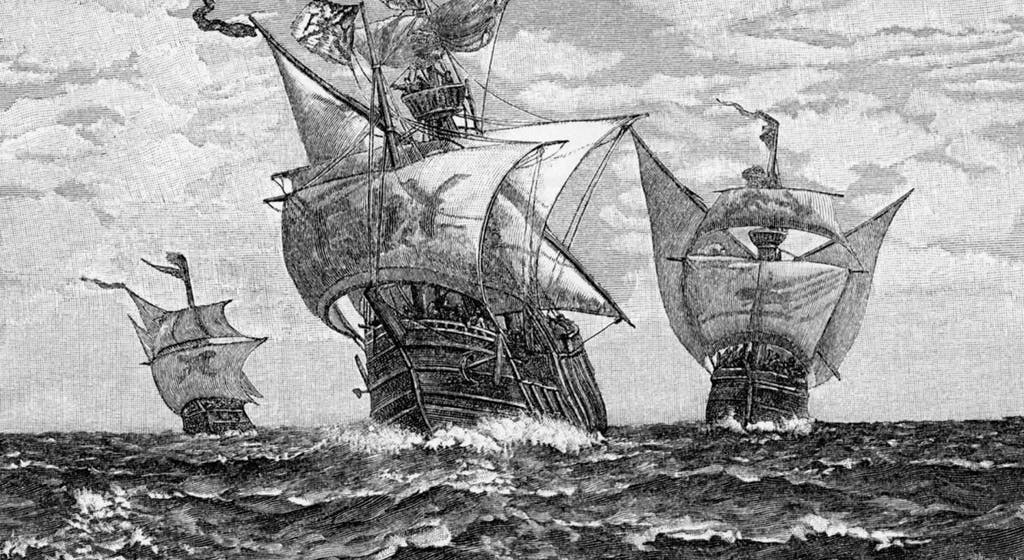Great Year of 1492
Lets talk about the great year of 1492! This week on Design Santa Barbara we are introducing a new segment on the show where we will be profiling some of the most fascinating years in human history. Looking back at history its common to remember many events and there location. But some specific years have stood out in human history as being the most significant than others. 1492 was one of them.
Christopher Columbus

on January 15 a Italian navigator Christopher Columbus proposed an expedition across the Atlantic ocean to find a new passage to India. They believe that the world being flat was finally disproved. It was commonly thought that the ocean route from Europe to India was to far for anyone to reach.

Columbus left Spain in August 1492 with three ships, and after a stopover in the Canary Islands made landfall in the Americas on 12 October (now celebrated as Columbus Day). His landing place was an island in the Bahamas, known by its native inhabitants as Guanahani; its exact location is uncertain. Columbus subsequently visited Cuba and Hispaniola, establishing a colony in what is now Haiti – the first European settlement in the Americas since the Norse colonies almost 500 years earlier. He arrived back in Spain in early 1493, bringing a number of captive natives with him. Word of his discoveries soon spread throughout Europe.
Voyages

Columbus would make three further voyages to the New World. Exploring the Lesser Antilles in 1493, Trinidad and the northern coast of South America in 1498. As well as the eastern coast of Central America in 1502. Many of the names he gave to geographical features – particularly islands – are still in use. He continued to seek a passage to the East Indies, and the extent to which he was aware that the Americas were a wholly separate landmass is uncertain; he gave the name indios (“Indians”) to the indigenous peoples he encountered. Columbus’s strained relationship with the Spanish crown and its appointed colonial administrators in America led to his arrest and removal from Hispaniola in 1500, and later to protracted litigation over the benefits that he and his heirs claimed were owed to them by the crown.

